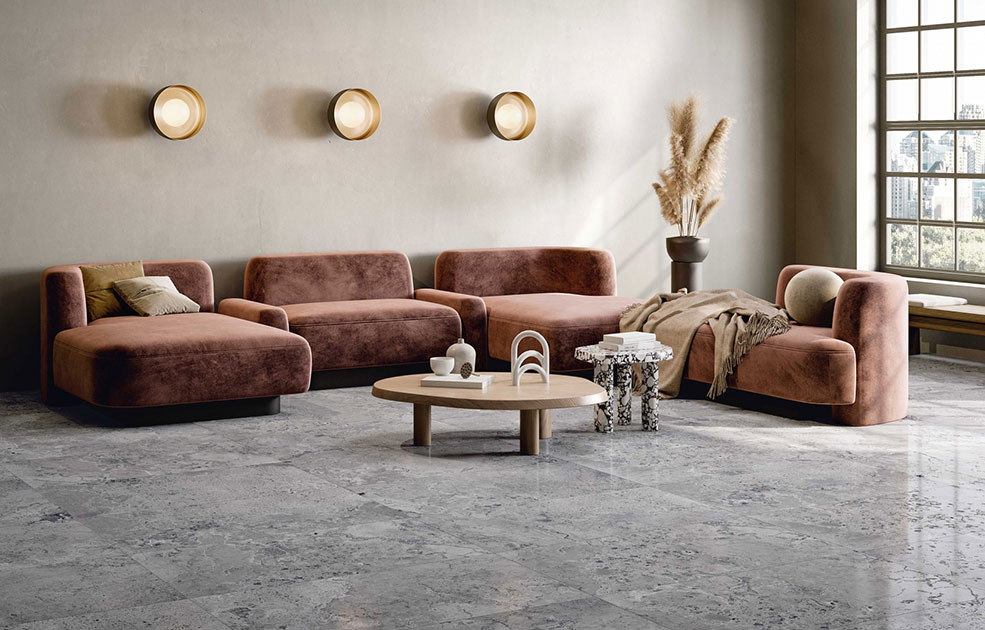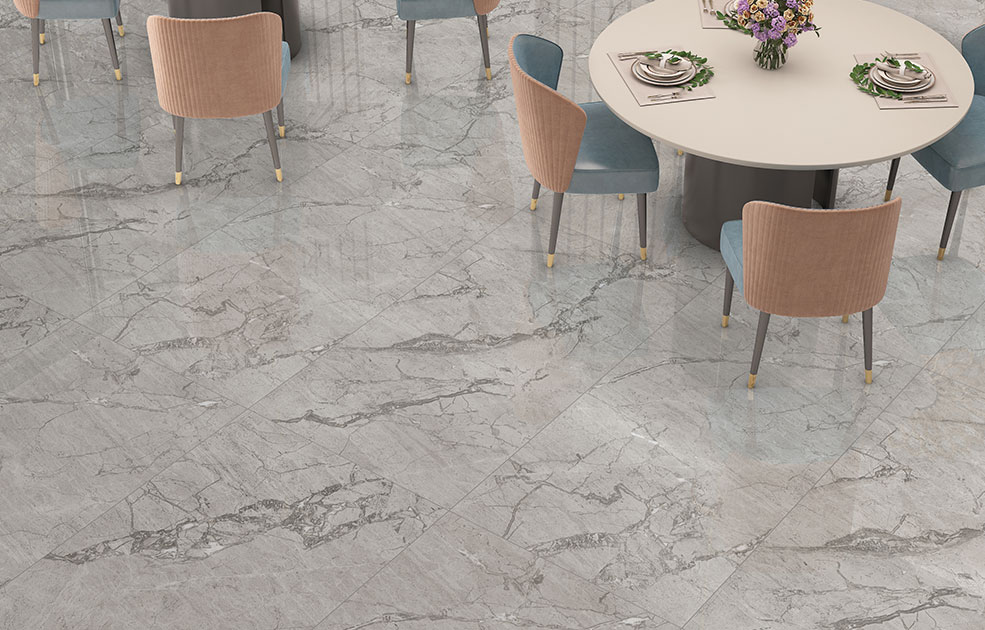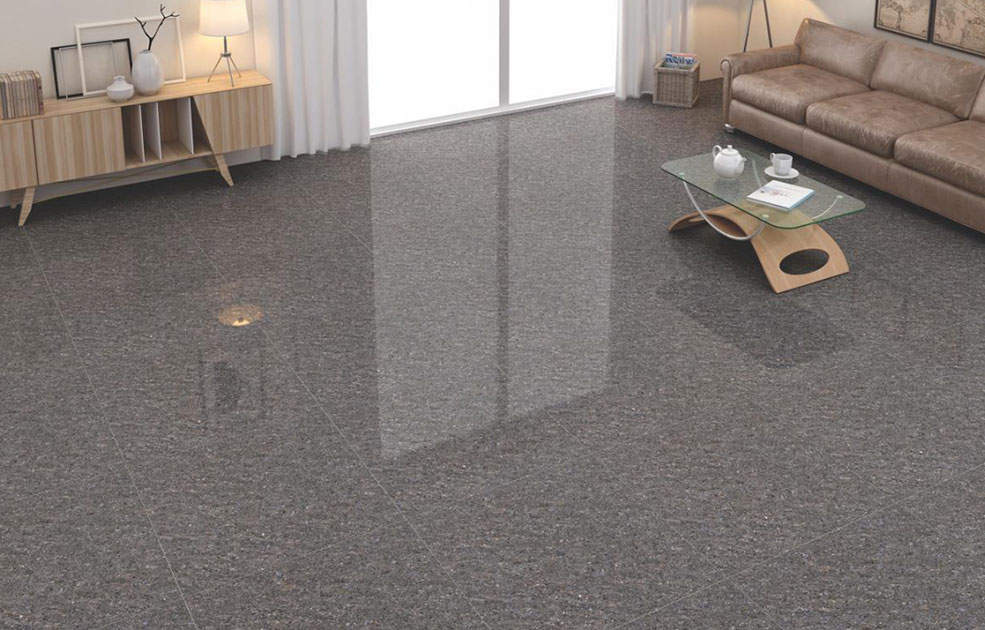
How to Choose the Perfect Tiles for Your Home
Choosing the right tiles for your home is more than just about aesthetics. The tiles you select will not only impact the overall look of your space but also its functionality, durability, and maintenance. With so many options available in the market, finding the perfect tile can feel overwhelming. To help you make an informed decision, here’s a step-by-step guide on how to choose the perfect tiles for your home:
1. Consider the Room Type
Different rooms in your home require different types of tiles. For example, bathrooms and kitchens need tiles that are water-resistant and easy to clean, while living rooms or bedrooms may prioritize style and comfort.
- For Bathrooms and Kitchens: Opt for tiles that are moisture-resistant and durable. Porcelain and ceramic tiles are popular choices because they are water-resistant, durable, and easy to clean. Consider non-slip tiles for floors in these areas to prevent accidents.
- For Living Rooms and Bedrooms: In these areas, you may want to focus on design and comfort. Tiles with warm tones, such as wood-look porcelain tiles, can make a space feel cozy while still being easy to maintain.
- For Outdoor Spaces: Outdoor tiles should be durable and weather-resistant. Look for tiles made from natural stone, cement, or high-quality porcelain, which can withstand the elements and maintain their beauty outdoors.
2. Choose the Right Tile Material
Tile materials vary greatly in terms of texture, durability, and maintenance. Understanding the differences will help you make the right choice for your home:
- Porcelain Tiles: Known for their strength and water resistance, porcelain tiles are perfect for high-traffic areas, bathrooms, kitchens, and even outdoor spaces. They are easy to maintain and come in a variety of designs, from wood-effect to sleek, modern styles.
- Ceramic Tiles: Ceramic tiles are affordable and come in a wide range of colors, patterns, and textures. While they are not as durable as porcelain, they are still great for low to medium-traffic areas like bedrooms and hallways.
- Natural Stone Tiles: Options like marble, granite, and slate are luxurious and timeless. However, they require regular maintenance to keep them looking their best, as they can be prone to staining and scratching. Natural stone is perfect for creating an elegant, high-end look.
- Vinyl and SPC Flooring: These types of tiles are ideal for those looking for an affordable, water-resistant, and easy-to-install option. Vinyl and SPC flooring are available in various designs, including wood, stone, and tile looks.
3. Size Matters
Tile size can have a significant impact on the look and feel of a room. Larger tiles, such as 24x24 inches or 36x36 inches, can make a space feel bigger by creating fewer grout lines and a more seamless look. On the other hand, smaller tiles, like 4x4 inches or mosaic tiles, work well for intricate designs and smaller spaces, giving you more room to play with patterns and textures.
- Large Tiles: Perfect for creating a modern and minimalist look. They work well in open-plan spaces like living rooms and kitchens, as they make the area feel more expansive.
- Small Tiles: Great for detailed patterns or to create a sense of intimacy in smaller rooms like bathrooms. Mosaic tiles or subway tiles are timeless and versatile options.
4. Think About Grout Color
Grout color can either complement or contrast with your tiles, making it an important consideration. If you want a seamless, clean look, choose a grout color that matches your tiles. Light-colored grout can help make a space feel more open and airy, while dark grout can add drama and depth.
However, grout also serves a practical purpose—it helps fill in the gaps between tiles, so you’ll want to choose a grout color that’s easy to maintain and will not easily show dirt or stains. For high-traffic areas or spaces like kitchens, darker grout colors can be more forgiving.
5. Tile Patterns and Layouts
Tile patterns and layouts can enhance the overall look of your space. Simple layouts like straight or diagonal patterns can create a clean, modern feel, while more intricate patterns like herringbone or chevron can add texture and interest to the room.
- Straight Lay: The most common and straightforward option, perfect for large spaces and modern interiors.
- Diagonal Lay: Adds a dynamic, more energetic look to the space, especially useful for smaller rooms to give the illusion of more space.
- Mosaic or Patterned Tiles: These can create striking focal points or borders, making your tiles a statement feature in your design.
6. Durability and Maintenance
When choosing tiles, consider the level of maintenance required. If you want a low-maintenance option, porcelain and ceramic tiles are ideal because they are stain-resistant and easy to clean. Natural stone tiles, while beautiful, require more upkeep to protect against stains and scratches.
Additionally, be mindful of how durable your tiles need to be based on the foot traffic in that area. High-traffic areas like entryways, kitchens, and hallways should have tiles that are resistant to wear and tear.
7. Set a Budget
Finally, it’s important to set a realistic budget for your tile project. Tile prices can vary significantly based on the material, size, and brand. While natural stone tiles can be more expensive, ceramic and vinyl tiles offer more budget-friendly options without compromising on style. Factor in the cost of installation, grout, and underlayment when determining your budget.
Conclusion
Choosing the perfect tiles for your home doesn’t have to be overwhelming. By considering factors like room type, tile material, size, grout color, and maintenance needs, you can find the perfect tile that suits both your style and your practical requirements. Whether you’re designing a luxurious bathroom, updating your kitchen, or transforming your living room, the right tiles will create a beautiful, functional, and durable space for years to come.




 Home
Home